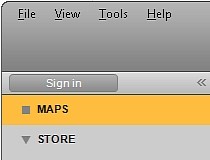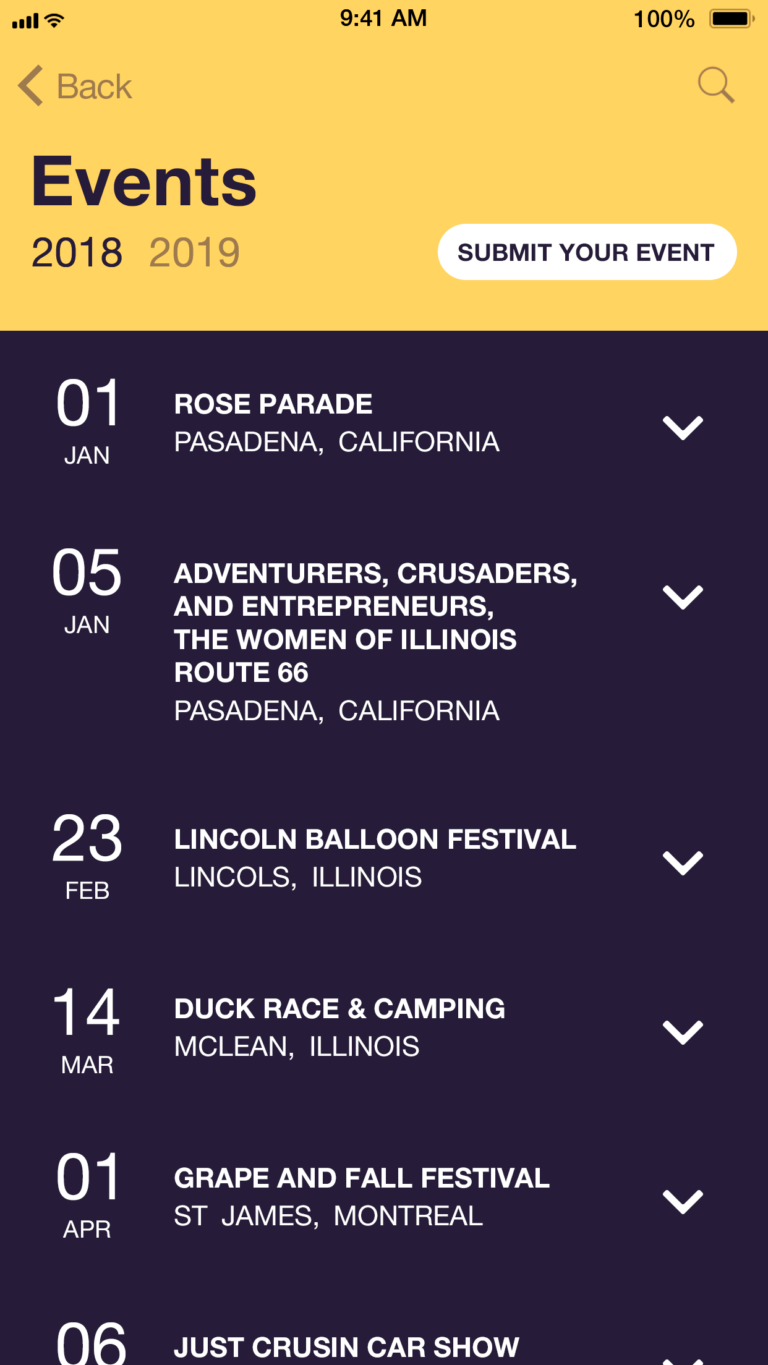

It’ll insist on going to what it thinks is the “next” waypoint/via-points even if you’re now well past it.It’ll insist on getting you (back to) a waypoint/via-point even if it’s impossible to reach.They are far too chatty about waypoints/via-points.Upon reaching one of the hundreds of waypoints / via-points you entered: it’ll start calculating the route to the next waypoint (just a few blocks away), but in the meantime it will NOT give you any clue as to where to go next, in all likelihood you’ll overshoot it before it’s ready to give directions again.Some devices experience this far worse than others, but many even top-end ones experience multiple of these: So, what problems can you expect while using a GPS designed for in-car use with a complex path set to follow Route 66? I’ve tried quite a few commercial devices designed for car use over the years, and the devices quite frankly get worse as time goes by at providing turn-by-turn directions when trying to keep one on Route 66. Once you do that, you need patience in order to get the route in your device, but before you do that, take care with the results you can expect as they are most often not what you’re used to from your device if you use it just to get you somewhere. each route needs to be able to hold enough (read: at least a few hundred) of way-points or via-points (the names of these intermediate points vary between brands).

To even get to enter the more complex route, you need a high-end device as it needs to be able to: That in mind, in some devices you can enter the complex routes one needs to follow Route 66, but by far not in all of them. Most GPS devices are designed to give you turn-by-turn directions, but they are typically designed to get you somewhere fast or short (or even using the minimum of fuel), but the vast majority is not designed to try to make you follow a specific predefined path, especially not when that path is broken up with dead-ends and hard to reach sections. The second half is knowing where to go next. Knowing where you are and having a map pointed in the right direction is the first step of not getting lost. It’s actually pretty good at giving you directions to a specific address or intersection, just as it can send you around town when you’re back in your hometown. The navigation can also readily help in finding the exact location of things like side trips, hotels you booked or just get you back to Route 66 should you get sidetracked from it. When in downtown Chicago, be aware that GPS signals get blocked and reflected by the skyscrapers and make the device far less accurate there than further west.Route 66 crosses areas where there still is no (reliable) data connection on cell phone networks. If you’re using things like a smartphone or a computer, make sure you also get the maps where you have no Internet connection.You might need to buy these maps, and they typically are harder to find once inside the USA than at home (those who bought their device in the USA have no need for separate memory cards with USA maps). If you’re flying in from overseas: make sure your device has maps for the USA.This knowing where you are is a huge step in not getting lost, especially as it will also point your map in the right direction in one go. Any of the commercially available GPS devices intended for car, motorbike or truck use will pinpoint your position with great accuracy, all while showing you a map of your location with street names etc.


 0 kommentar(er)
0 kommentar(er)
